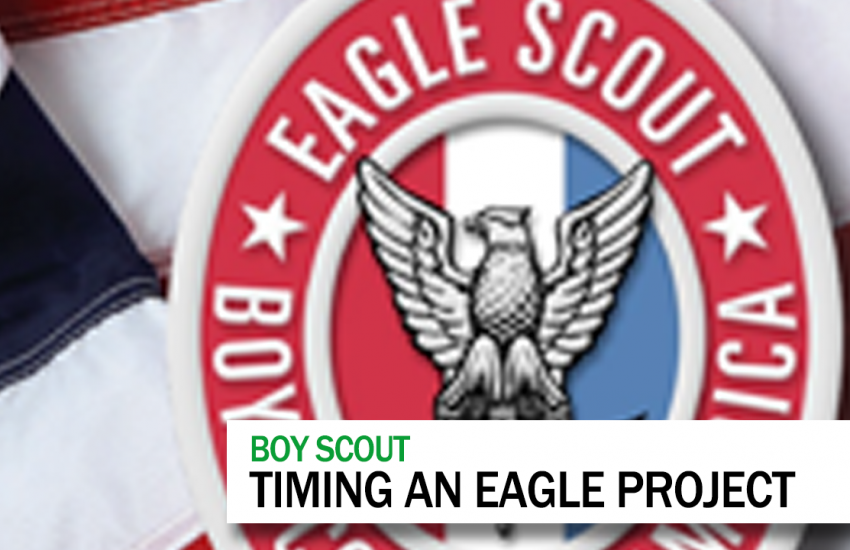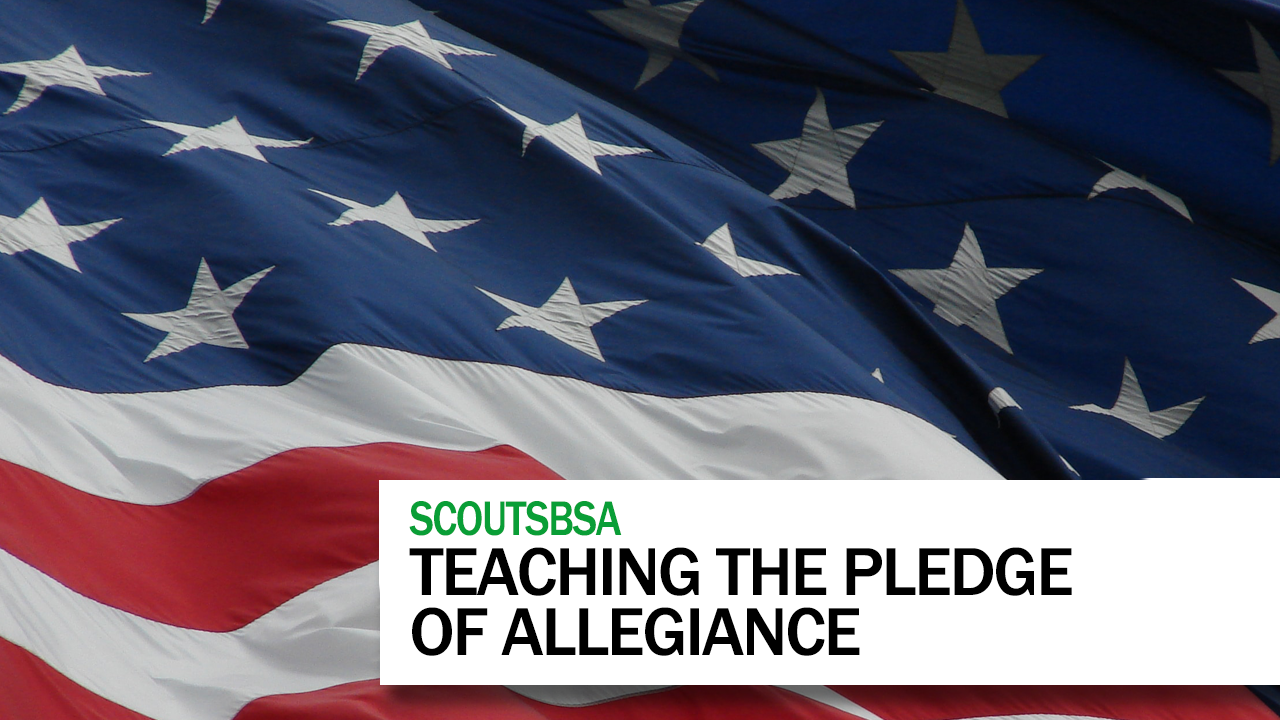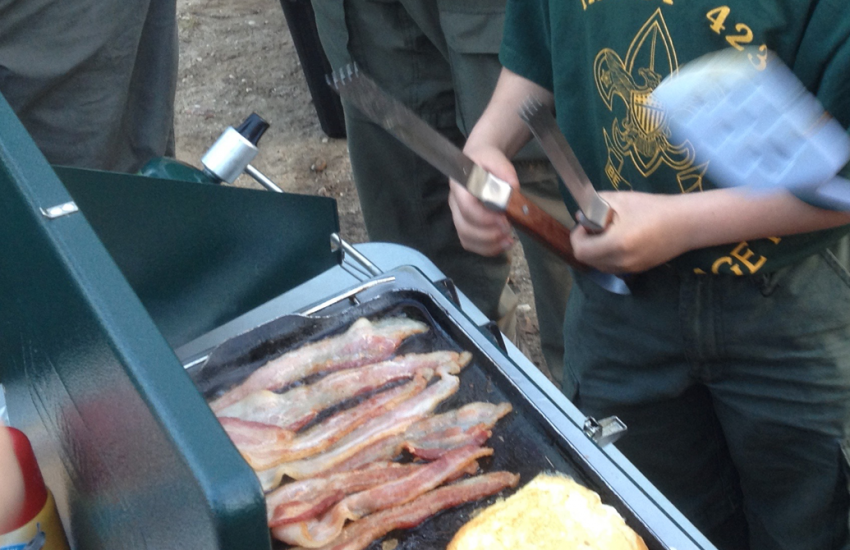Developing an Eagle project requires a clear idea of timing and the tasks needed to make it successful. This ScoutmasterDave video explores how to plan your Eagle Project.
- Eagle Scout Service Project Planning Guide
- Eagle Scout Project Workbook (BSA)
- Eagle Scout Project Ideas (NESA)
Transcript:
Time management is one of the hardest things to accomplish, not only for young scouts but also for adults. This week’s ScoutmasterDave discusses the Eagle project timeline and how to not get short handed as scouts run up to their 18thbirthday.
Now before I begin, I will say that this timeline is based on my troop and council, and yours may vary, sometimes significantly, so make sure to do your homework for any of the categories discussed.
The eagle timeline takes between 10 and 19 months from the time you define your project to the time you sit for your Eagle Board.
Starting at the beginning with the project definition. This can actually take as long as three months to find a project and make sure you have a sponsor who will take this journey with you.
Once you have a project though you need to communicate this to whomever in your troop you are working with on the project. Normally this is your eagle coach, but sometimes it’s your scoutmaster.
In our troop, as the Eagle mentor I ask the scouts to email me a 2-sentence paragraph explaining the project. This lets them put into words what they are trying to achieve with the project. This also becomes the basis for the description on the Eagle Workbook.
The proposal process, which is the first of 3 sections of the Eagle Workbook usually takes about a month to write up. This includes some back and forth with the Eagle Coach.
From here, there are a bunch of approval steps. Discussing with the Scoutmaster, the Troop Committee and getting things signed off from your project reps and submitting the project to your local council for review and comments.
This all takes time and is variable depending on your Troop, Troop Committee and district.
I’ve seen scouts get approval from council in a week, and some that drag on for months, and sometimes it’s just the luck of the draw and time of month or year. There is usually some back and forth to craft the scope of the project to the council’s liking.
It’s important to note, that until a project is approved, the scout cannot do any fundraising.
When the project is approved, the usual first step is fundraising. To start this there is a fundraising form that needs to be submitted and approved by council.
Depending on how much money you are looking to raise and how you are raising it, fundraising can take from days to a month or more, but budgeting a month is pretty standard.
As with all these timelines, it’s best to estimate high, that way if you complete any of the steps quicker, all the better. It also allows you to have some slack in your timeline as things move on.
As Helmuth von Moltke the Elder. He was the Chief of Staff of the Prussian army before World War 1 stated “No battle plan survives first contact with the enemy.”, so plan accordingly and prepare to pivot as need be,
By the time it gets to actually action on the project it can be as quick as a 3-day weekend to a month. This will ultimately depend on the project. If you are doing things like putting up walls with drywall and spackle, tape and paint you need to wait until one step cures before starting the next step. It’s not like the do-it-yourself shows where it’s complete in half an hour.
One note on the project itself. Inside of the Eagle packet are three sections. One is the proposal, the second is the plan and the 3rd is writing up the result. Many scouts will complete the proposal, but then not touch the booklet until the write up stage, most often because nobody signs off on the middle part.
While you need to hand in all three sections, the middle part is for the scout to help plan out the project.
When its all complete, as I mentioned there is a write up, Most often this takes about a month, as it’s a retrospective of the project. Doing it as soon after the project as possible is important, as many of the details will fade as the project is done.
I’ve seen one scout wait a year to complete the workbook, and had to piece things together from spotty memories. Don’t be that guy.
The final step is the signatures from the scoutmaster, troop and sponsor. From here you submit your project. It’s also at this point that the timer stops. So if a scout was racing to beat age 18 this is the end point.
By the time the Eagle board is convened, it can take anywhere from 1-3 months, this depends on how Eagle boards are handled in your area. Time of year can also be a factor as a lot of projects are done in May and June, so October boards can be pretty packed.
All in all, it’s 10-19 months before it’s complete. If I could offer one piece of advice for your scouts, it would be to start right now, it’s very easy for the time to get away from you,
Take what you like and leave the rest, and as we say in Woodbadge, feedback is a gift, leave yours below in the comments, with the hope we can all learn together.
I’m Scoutmaster Dave, and this was Timing an Eagle Project.




